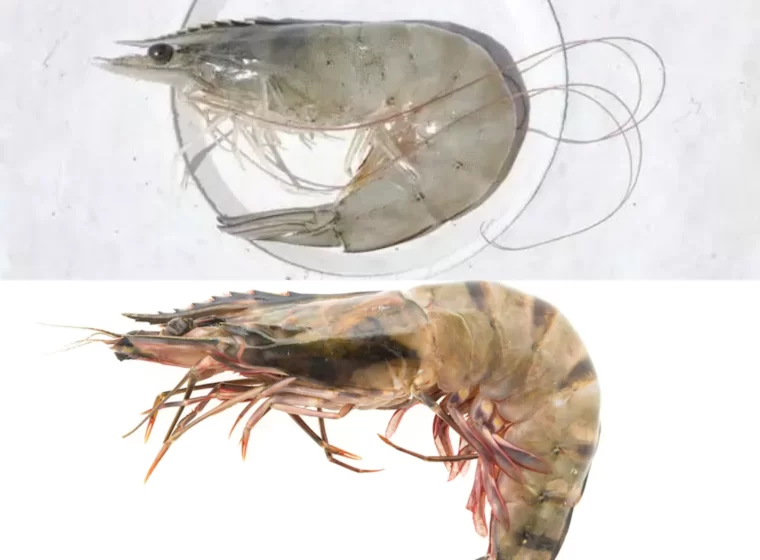Shrimp is one of the most beloved seafood by many people. However, there are many people who common make mistakes in cooking shrimp, which can affect the taste of the dish when served. Despite appearing easy, the process of preparing shrimp also requires precision to produce delicious dishes.
Therefore, here are several common mistakes in cooking shrimp that should be avoided:
Also Read: Easy Crispy Fried Shrimp Recipes To Cook for Iftar
Common Mistakes in Cooking Shrimp
1. Not Cleaning Shrimp Properly
The first and most frequently made mistake in cooking shrimp is not cleaning them properly. Some people tend to cook shrimp whole without cleaning them first. Parts like the head and dirt can make the cooked shrimp less appetizing.
The dirt is located in the intestines hidden in the back of the shrimp. Therefore, cleaning shrimp properly before cooking is an important step to produce tastier and cleaner dishes.
2. Overcooking Shrimp
Overcooking shrimp is a common mistake that can negatively impact its texture and taste quality. When shrimp is cooked for too long or overcooked, they tend to become tough or rubbery, reducing the enjoyment when eaten. Additionally, overcooking shrimp can lead to the loss of important nutrients, as excessive heat can damage their nutritional components.
It’s important to remember that shrimp do not require long cooking times. Usually, it’s enough when the shrimp turn bright pink and appear cooked. By cooking shrimp just until done, you can ensure that the texture and taste remain optimal while preserving its important nutrients. Therefore, paying attention to cooking time is crucial for creating delicious and healthy shrimp dishes.
Also Read: 7 Tasty Authentic Indonesian Shrimp Recipes
3. Cooking Frozen Shrimp Directly
Cooking frozen shrimp directly is also a common mistake in cooking shrimp. It’s better to thaw frozen shrimp before cooking. The thawing process can be done in various ways, such as letting the shrimp thaw naturally at room temperature or placing them in a warmer part of the refrigerator, such as the bottom, which is not too cold. Another alternative is to soak the shrimp in a container of water, but make sure the water does not reach the shrimp. These steps are important to maintain the texture and nutritional quality of the shrimp.
4. Not Peeling Shrimp
Not peeling shrimp is not necessarily a mistake in cooking shrimp. It depends on individual preferences and the type of dish being prepared. However, for some people, it may be difficult to eat shrimp without peeling them first, so it’s better to peel them before cooking.
Also Read: 3 Sweet and Sour Shrimp Recipes for Sahur and Iftar
Support the Increase of Indonesian Shrimp Production with DELOS!
By paying attention to and avoiding the above mistakes when cooking shrimp, you can enjoy shrimp with the best taste and quality. Proper and correct shrimp processing will enhance the experience of tasting this favorite seafood.
In 2024, the Ministry of Marine Affairs and Fisheries (MMAF) has targeted an increase in Indonesian shrimp production by 2 million tons. Therefore, let’s support efforts to achieve this ambitious target together with DELOS!
Contact contact@delosaqua.com or submit your questions through our website at www.delosaqua.com. Let’s together support the increase in Indonesian shrimp production with DELOS!




